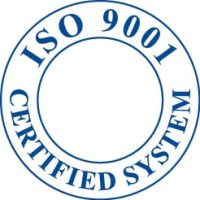Pad Printing: How to Improve Ink Adhesion
In the world of printing, achieving good ink adhesion is crucial for producing high-quality prints that are resistant to fading, scratching, and smudging. Pad printing is a versatile printing method commonly used to decorate a variety of products such as electronics, toys, and medical devices. To ensure optimal ink adhesion in pad printing, there are several factors to consider: Surface Preparation: Proper surface preparation is key to achieving good ink adhesion in pad printing. Before…




